Today’s workforce spans four different generations and reaching all of them can be a challenge. Employers can no longer solely rely on traditional employee benefits communication materials like email, printed brochures, break room posters, table tents, and payroll stuffers. While those may be effective with certain members of your workforce, younger employees are far more difficult to reach through these traditional forms of communication.
Rather, savvy employers are embracing today’s social media platforms to reach their most elusive workers — millennials and generation Z. Social media was created by millennials and gen Z are digital natives who aren’t likely to remember a time before computers. They spend quite a bit of time online, making social media one of the best avenues to connect with them in a contemporary, timely, and non-intrusive way.
Keep reading to find suggestions on how to integrate social media in your employee benefits communications, and download our free guide on this topic here.
















